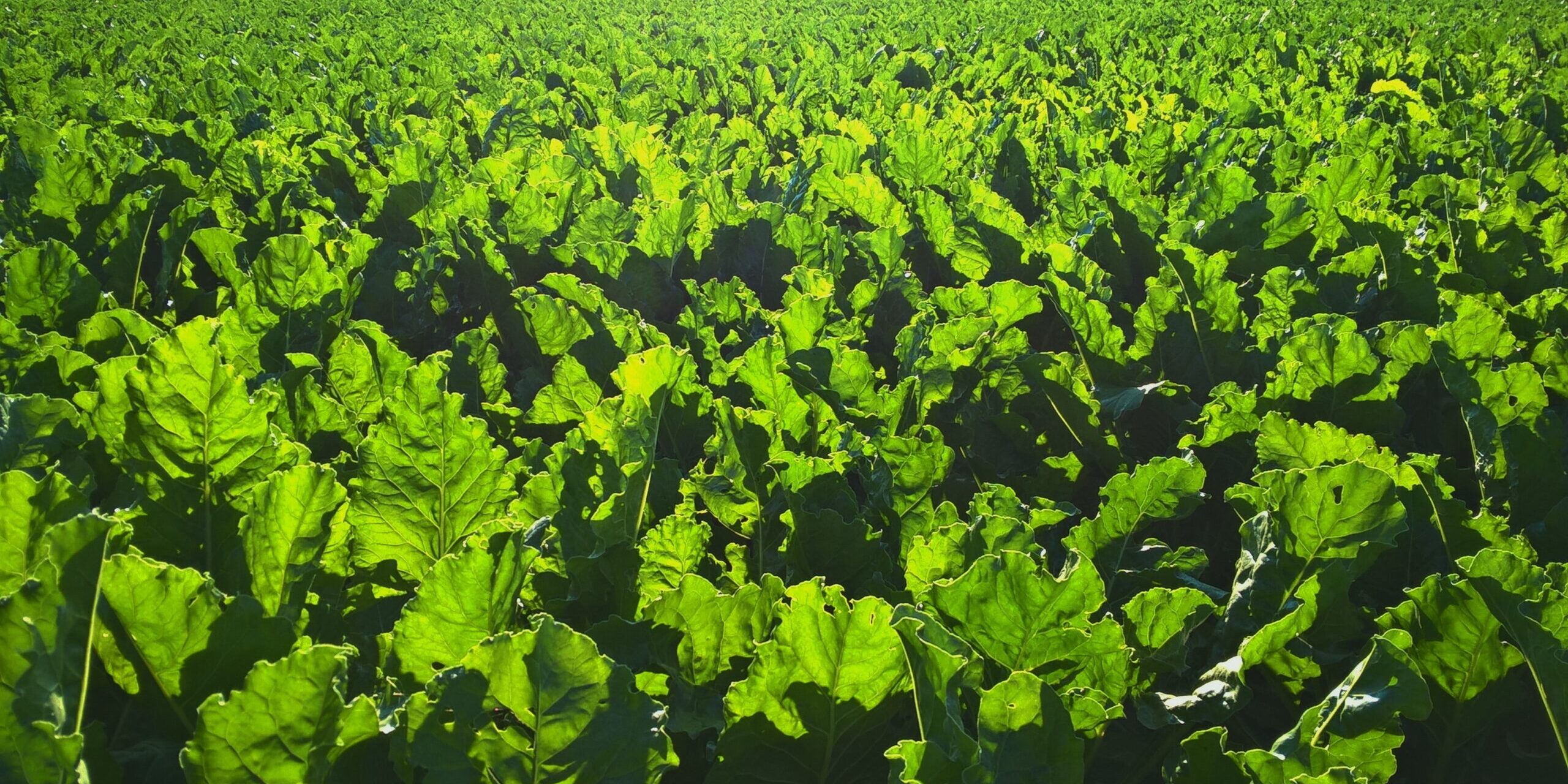From macronutrients like nitrogen to micronutrients like manganese, traditional agronomy has taught us that foliar applications are fraught with challenges and complications, leaving soil applications as the preferred, default solution.
Historically, foliar feeding has tended to run into difficulties. The need for multiple low-dose applications to prevent leaf scorch and crop damage; the requirement for precise timing of applications and avoiding any chance of rain showers to prevent the treatment application from being washed off; having to avoid high levels of sunlight and humidity, therefore confining spraying to early mornings. These application issues, combined with formulation challenges, didn’t always allow for successfully combining treatments in a tank mix.
With the need to carry out multiple passes within a narrow daily window of opportunity, foliar fertilisation and feeding has faced an uphill battle to be accepted as a viable alternative to soil applications.
According to Fernández and Eichert (2009), the ability of plants to absorb water, and therefore water-soluble nutrients, through their leaf structures was first recognised during the 18th century, so not a new concept. Following the discovery of radio labelling techniques, it became possible for more accurate uptake pathways and translocation of nutrients to be identified and mapped.
Research has found that leaves can absorb water and nutrient solutions through:
- Stomata, trichomes and lenticels
- The cuticle
- Cuticular cracks and flaws
Having established that foliar uptake is possible, research then turned to look at how this process can be optimised through the formulation of the nutrient solution.
With the need to maximise the efficient use of inputs, not just from a financial perceptive but from today’s drive for sustainable agriculture, recent developments in foliar product formulations now make them a better alternative to the traditional soil application methods once a canopy has developed.
Modern chemical and biochemical engineering has developed third-generation formulations that overcome these historic drawbacks and enables growers to maximise productivity while keeping costs and waste to a minimum.
The creation of ‘third generation’ formulations that negate the issues previously experienced and using direct foliar application has many advantages:
- Significant reduction in total nutrient use
- Even, accurate and precise application across the crop
- Rapid uptake and rain-fast within 30 minutes
- Full treatment of nutrients including Nitrogen in a single dose without risk of scorch
- Surgical timing of nutrient applications to fit growth stages and conditions
- Rapid translocation into, and transport around, the plant’s phloem and xylem
- Reduced visits to the field by spraying fertiliser with crop protection products
- Eliminate soil-lock up and run-off of nutrients
- Maximise efficiency with near 100% nutrient delivery
- Minimise losses to the atmosphere as GHG emissions
These third-generation treatments allow the full advantages of foliar application to be realised and they have the ability to assist farmers in their move to more sustainable farming practices.


